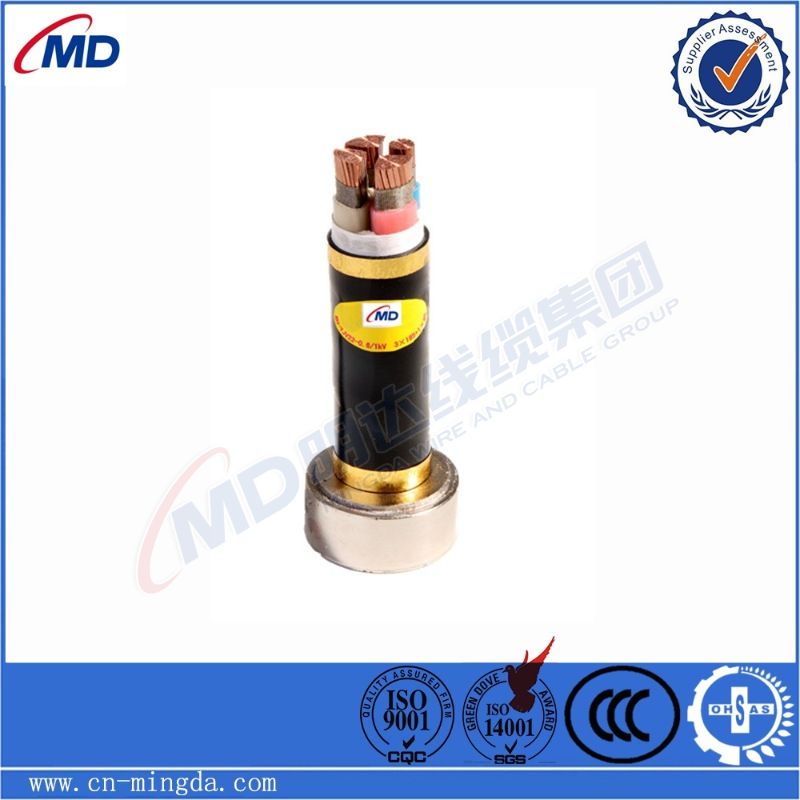10 月 . 21, 2024 17:41 Back to list
Electronic Ball Valve Functionalities and Applications in Modern Automation Systems
Understanding Electronic Ball Valves A Comprehensive Overview
In today’s advanced industrial landscape, the role of electronic ball valves has gained significant prominence. These innovative devices are essential components in various applications, from water treatment facilities to sophisticated manufacturing processes. By incorporating electronic controls into the traditional ball valve design, these valves offer enhanced precision, efficiency, and reliability in fluid management.
What is an Electronic Ball Valve?
An electronic ball valve comprises a spherical closure element with a hole, or port, through its center that allows or blocks fluid flow. The electronic component adds functionality through the integration of sensors, actuators, and controllers, enabling automated operation. Unlike manual valves that require physical intervention for adjustment, electronic ball valves can be operated remotely, thanks to their electronic control systems.
Key Features and Benefits
1. Precision Control One of the most significant advantages of electronic ball valves is their ability to provide precise control over fluid flow. With the integration of advanced sensors, these valves can monitor parameters such as pressure, temperature, and flow rate, ensuring that the system operates within safe and efficient limits.
2. Automated Operations Electronic ball valves can be programmed to perform specific tasks at predetermined intervals or in response to real-time data. This capability enhances operational efficiency by reducing the need for manual adjustments and minimizing human error.
3. Improved Safety Electronic control systems can automatically shut off the valve in response to unsafe conditions, such as excessive pressure or temperature. This feature protects both the equipment and the operators, making electronic ball valves a safer option for critical applications.
electronic ball valve

4. Energy Efficiency By optimizing fluid flow and reducing the need for manual intervention, electronic ball valves contribute to overall energy savings in industrial systems. Their ability to maintain consistent flow rates reduces energy wastage and enhances process efficiency.
5. Remote Monitoring and Control With the advent of the Internet of Things (IoT), many electronic ball valves can be integrated into larger control systems, allowing for remote monitoring and management. Operators can assess the performance of the valves from anywhere, enabling prompt responses to potential issues.
Applications of Electronic Ball Valves
Electronic ball valves are versatile and can be utilized across various industries. In the water treatment sector, for instance, they regulate flow in treatment plants, ensuring efficient water distribution. In HVAC systems, they help in managing the flow of heating and cooling fluids, significantly enhancing energy efficiency.
In chemical processing, these valves provide controlled and safe handling of corrosive and hazardous materials. Furthermore, in the pharmaceutical industry, electronic ball valves play a critical role in maintaining sterile environments and precise dosing, which is vital for product safety and efficacy.
Conclusion
As technology continues to evolve, electronic ball valves stand out as a key innovation in fluid control management. Their ability to enhance precision, improve safety, and promote energy efficiency makes them indispensable in modern industrial applications. As industries strive for automation and smarter solutions, the adoption of electronic ball valves is likely to increase, paving the way for more streamlined and efficient operations. Understanding their mechanics and benefits is crucial for engineers, operators, and decision-makers aiming to optimize their systems and stay ahead in an increasingly competitive landscape.
Share
-
Understanding the Differences Between Wafer Type Butterfly Valve and Lugged Butterfly ValveNewsOct.25,2024
-
The Efficiency of Wafer Type Butterfly Valve and Lugged Butterfly ValveNewsOct.25,2024
-
The Ultimate Guide to Industrial Swing Check Valve: Performance, Installation, and MaintenanceNewsOct.25,2024
-
Superior Performance with Industrial Swing Check Valve: The Essential Valve for Any SystemNewsOct.25,2024
-
Industrial Swing Check Valve: The Ideal Solution for Flow ControlNewsOct.25,2024
-
You Need to Know About Industrial Swing Check Valve: Functionality, Scope, and PerformanceNewsOct.25,2024